|
Avoiding Shifts
Writers should keep the elements in a sentence
consistent, avoiding any unnecessary changes in tense, voice, mood, person,
number, and discourse. Such unnecessary changes, or "shifts," may make
reading difficult and obscure the sentence's meaning for the reader.
Avoid shifts in
Except for special cases where the
intended meaning requires a change in tense, maintain the same tense within a
sentence.
Error:- shift in verb tense

The sentence above begins in the past
tense but shifts, without reason, to the present tense.
Error repaired
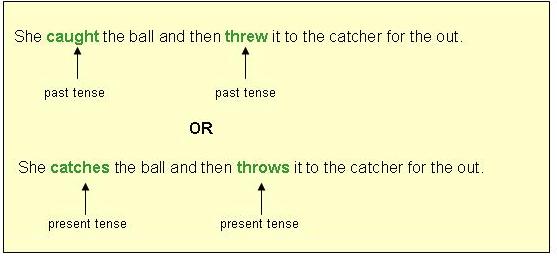
The voice of a verb may be either
active or passive in a sentence. When a
sentence contains two or more verbs, both verbs should maintain the same voice.
Error - shift in voice

The sentence above begins in active
voice but shifts without reason to passive voice.
Error repaired

Example - emphasis on subject requires
shift in voice

Here, the use of passive allows the sentence to focus on the subject.
3. mood
Shifts in mood often occur with
directions, where the mood shifts from indicative
to imperative or from
imperative to indicative.
Error - shift in mood

Error repaired

4. person
English has three "persons" or points
of view:
- first person - the speaker
I, me, my, mine, we,
us, our, ours
- second person - the person spoken
to
you, your, yours
- third person - the person or thing
spoken about
he, him, his, she, her,
hers, it, its, they, them, their
Unless the meaning of a sentence
clearly requires a change, keep person consistent within a sentence.
Shifts in person usually occur with
changes from the third to the second person point of view.
Error - shift in person

Error repaired
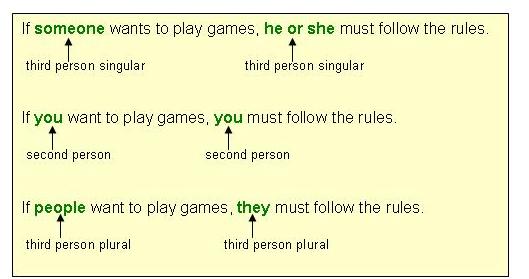
If the meaning of a sentence clearly
requires a change, then you may change person as needed.
Example requiring a change in person

Since both I and the others
are doing something in the above sentence, the shift in person is justified.
Use singular pronouns to refer to
singular
antecedents; use plural pronouns to refer to plural antecedents.
Error - shift
in number

Error repaired
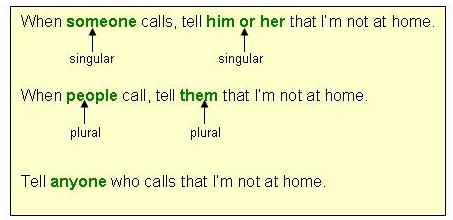
6.discourse
There are two ways to recount someone's
words. Each way requires its own format.
A
direct quotation
gives the exact words of a speaker, surrounding the words with
quotation marks.
Example

An indirect quotation
paraphrases the speaker's words and does not place them inside quotation marks.
Even if the indirect quotation paraphrases a question, the sentence ends with a
period.
Example

Note the difference in the formats above:
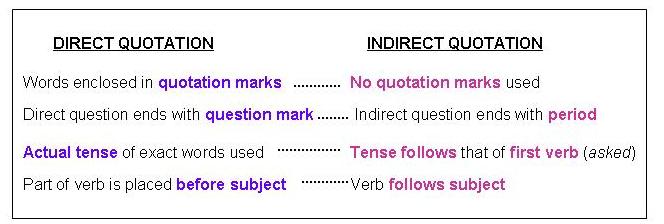
A shift in discourse occurs when,
within a sentence, the writer uses the format of one form and shifts some part
to the format of
the other.
Example - shift in discourse

Error repaired with indirect
discourse

Error repaired with
direct discourse

7. sentence construction
A shift in sentence construction occurs
when words or phrases intended for one purpose are used for another, upsetting
the natural flow of the sentence. Below are examples of three frequent
errors that shift sentence construction. Below each error is an example
showing one or more ways to repair the error.
Error -prepositional phrase used as subject
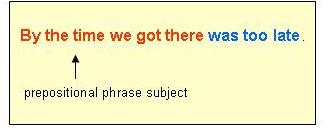
Correct
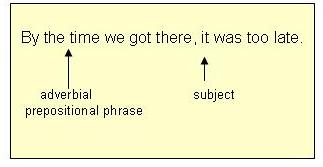
Error - faulty subject

Correct

Using is because, is where, or is when
in a sentence often creates a construction shift. Avoid this phrasing.
Error - is because

Correct

Error - is where

Correct

Error - is when

Correct

|